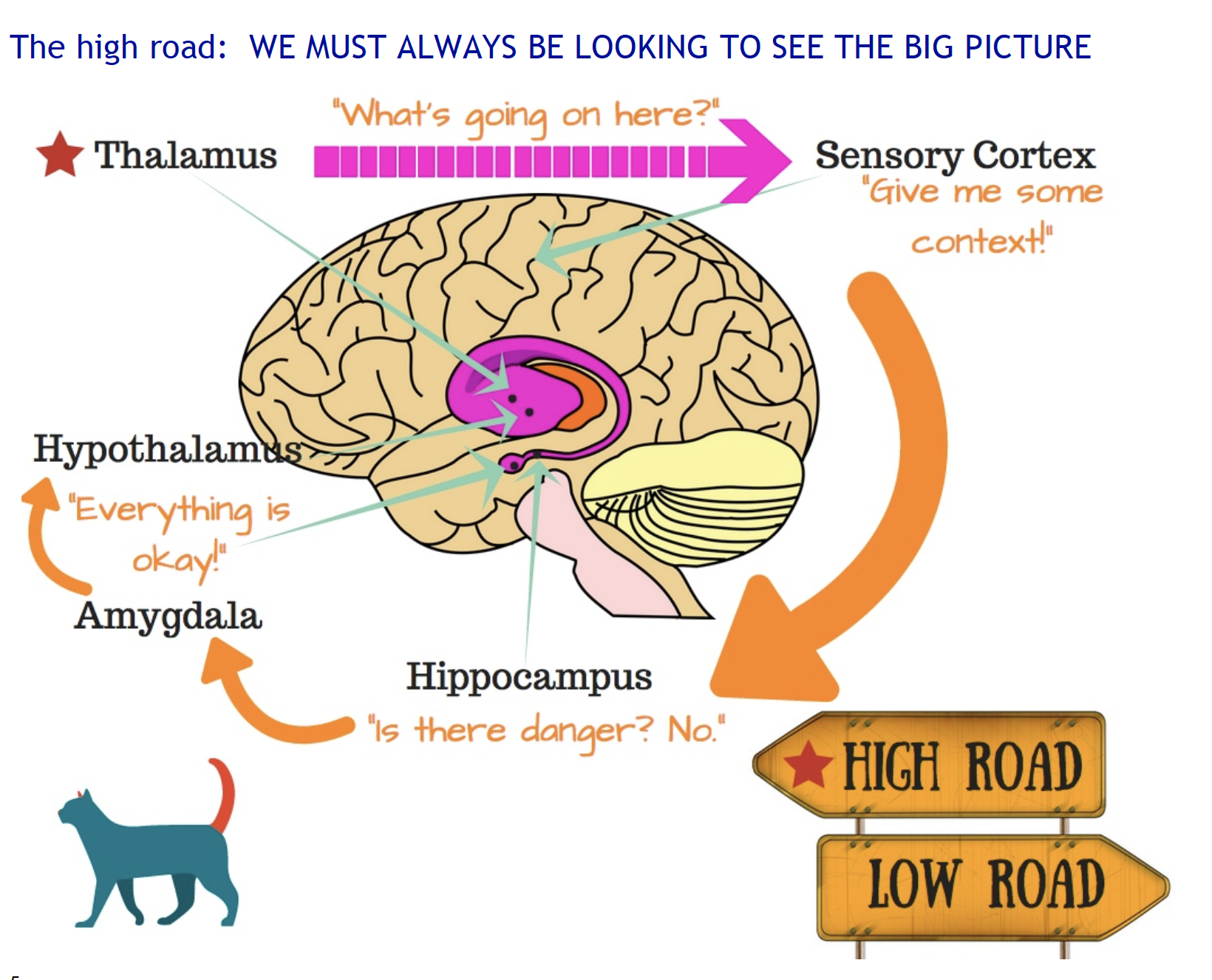STRESS CALMING TOOLS
Signs of stress include: Yawning, being withdrawn and subdued, weight loss, lip licking, avoidance and being unable to walk ahead, increase in thirst, tense facial muscles, ‘fiddle’ behaviour e.g. out of context scratching, sniffing, licking etc. Loss of appetite, tense body muscles, increased vocalisation, skin problems e.g. eczema, panting, over grooming or self-mutilation, increase in appetite without weight gain, change in tail carriage, ear position, pulled back or pinned back, cowering, or crouched posture or hiding (signs of timidity), trembling or shaking, changes in toileting habits e.g. routine, toileting indoors, digestive problems e.g. diarrhoea, change in head carriage, over dependence on handler, excessive excitement / hyperactivity destructive behaviour and aggression.
Tools to combat Stress & Anxiety
1. Remove dog from the stressor.
2. Do not reinforce the stressed behaviour with pampering.
3. Ask your dog to perform an alternative familiar behaviour we have taught.
4. Exercise your dog/ Skim off excess energy.
5. Provide your dog with a safe place in the home where they can escape anxious situations.
6. Work on training methods to gradually expose and desensitise them to it.
The following has also shown to reduces stress and anxieties in some studies but in my humble experience the results are so subtle so use if you wish but it is to support the above not instead.
7. Feed suitable diet.
8. You are welcome to try Pet Remedy diffuser, or spray which is mostly valerian oil based.
A more expensive but other tool is Rosewater put a small diluted amount, on a cool flannel and place it somewhere they can move away from. E.g the end of the pen, just in case it’s too strong for them. If they tend to go towards it, not away then you can use it more and not worry about it being placed far away.
Other, herbs and herbal remedies that have been said to have good anti-anxiety / calming results include Lavender, St John’s wort and Bach flower. I have never found staggering results with these natural supplements buy hey, every little helps.Music and desensitisation tracks.
Why it’s so important to combat Stress.
When triggered by a stressor, such as the sound of a drill this sensory data is sent from wherever it is received e.g the ear’s, to the thalamus, then without much thinking the thalamus goes, yikes, possibility of danger and sends the message to the ‘fear centre,’ the amygdala, which unless it has any other data to work on sends a message to the hypothalamus saying, ‘yep, whoa danger’ and so incites the hypothalamus to release corticotropin-releasing hormone (CRH). CRH signals the pituitary gland to secrete adrenocorticotropic hormone (ACTH) into the blood stream. ACTH then stimulates the release of various hormones including sex hormones, epinephrine and cortisol. Cortisol is the ‘stress’ hormone and serves a number of important roles when the dog is issued with such a threat, such as boosting memory function and energy, narrowing arteries to reduce bleeding and ultimately preparing the dog for ‘fight or flight.’ So, in the short run this is an essential survival tool and once cortisol completes its circuit back to the hypothalamus it curbs the production of CRH and thus the production of ACTH and so cortisol and thus this ‘fight or flight’ response is swiftly over and done with.
However…. if it’s not over quickly and doesn’t happen infrequently then this regular exposure to cortisol, i.e chronic stress presents a number of considerable problems.
Adrenal Glands & Hypothalamus
First of all, consistent stress on the adrenal glands can cause them to enlarge contributing to the over production of cortisol and sex hormones such as testosterone which could lead to symptoms including, more frequent aggression triggered by lower thresholds:
“Under the influence of persistent stress and anxiety, various pathological changes involving the hypothalamic pituitary adrenocortical (HPA) system may occur. Besides the release of corticoid hormones, stressful simulation of the adrenal cortex also stimulates the release of sex hormones. Under chronic anxiety and other stressful conditions, the adrenal glands may become enlarged [known as adrenal hyper trophy], producing excessive amounts of these various hormones [e.g cortisol and testosterone], perhaps contributing to increased irritability and heightened aggressive tendencies.” (Lindsay, 2005)
In fact, according to Lindsay (2005) adrenal hyper trophy is commonly associated with chronic HPA mediated stress and in an interesting study involving HPA activity in pointers it was discovered that genetically nervous dogs possessed significantly larger adrenal glands than normal controls.
According to Quartermaine et al (1996) one of the reasons for the heightened aggressive tendencies with the over production of cortisol is that cortisol could be responsible for altering risk assessment ability.
“Stressed mice more rapidly engage in risk taking behaviour than unstressed controls. In the case of dogs, stress may lower thresholds for aggressive risk taking, causing otherwise submissive and compliant dogs to become periodically more irritable and aggressive.” (Quartermaine et al, 1996.)
Moreover, Arnston (1998) believes, when cortisol is released due to stress, it appears to impair normal attention and memory functions potentially, also lowering behavioural thresholds for aggression or ‘liberating species typical offensive and defensive behaviour in response to wrongly interpreted social signals.’
Hippocampus
Now the thalamus did not have to send the information straight to the amygdala, it could have sent it to the sensory cortex, which to get some clarification of the stressor sends the message to the hippocampus who is responsible for learning and memory. The hippocampus has the ability to draw upon these memories and process if it thinks the trigger is in fact danger or not before it sends instructions to the amygdala and thus hypothalamus.
This is known as taking the ‘high road’ and through training we hope to give the hippocampus better context to draw on so the dog doesn’t go straight to fight or flight.
However, excessive exposure to cortisol may also cause deterioration to the hippocampus. Such damage might affect a dog’s ability to access the necessary information it once knew and used to deal with a situation appropriately. Equally damage to the hippocampus may affect the dog’s ability to learn effectively from new situations, such as in training and thus deal with them appropriately in the future.
“Under conditions of chronic stress, the dynamic stasis modulating stress hormone activity may undergo regulatory breakdown, along with various other destructive physiological an immunological impairments. The hippocampus for example as the result of excessive exposure to cortisol, may undergo degenerative changes that impede its ability to modulate emotional reactivity and associated neuroendocrine activities.” (Lindsay, 2005)
Since Lindsay (2005), more specific studies by Rubin et al (2014) concluded that ‘damage to the hippocampus can produce inflexible and maladaptive behavior when such behaviour places high demands on the generation, recombination, and flexible use of information. This is seen in abilities as diverse as memory, navigation, exploration, imagination, creativity, decision-making, character judgments, establishing and maintaining social bonds, empathy, social discourse, and language use.’
The Amygdala
However it is the amygdala that actually process’ the fearful and threatening stimuli and attaches emotional meaning to the memory from the hippocampus and thus, according to Lindsay (2005) it’s is damage to the amygdala which may actually be responsible for this lowered propensity towards aggression:
A neural site of particular interest in this regard is the amygdala which appears to serve a central role in social communication by mediating direct eye contact, by interpreting socially significant facial expressions and by assessing the interactants emotional disposition and intent. Under the dysfunctional influence of excessive stress, the intent of social signals may be distorted and misinterpreted, causing a dog to respond with inappropriate fear or aggression. (Lindsay, 2005)



